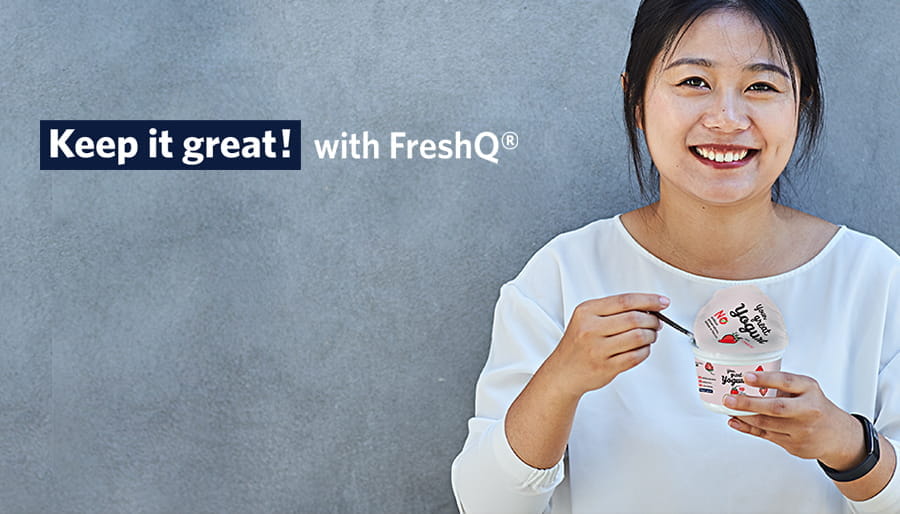With the worldwide spread of COVID-19, few aspects of life remain the same. Millions of households around the world have experienced significant changes to their daily routines – and with them, shifts in mundane habits and decisions that, over time, shape life more holistically. While variation in restrictions remains across regions, most families are spending significantly more time in their homes, especially now that many schools, offices and other workplaces have reduced their capacities or closed entirely.
This change has affected how people work, play, consume and spend leisure time, but perhaps no routine has been upended more than how families source, prepare and enjoy their meals. While many of us used to eat most – or even all – of our meals at work, out at restaurants or on the go, the shift to the home as the primary location for mealtimes is a hallmark of new patterns that have emerged during this new era:
- Consumers are shopping less frequently than before to reduce their potential exposure to COVID-19. At the same time, they are maximizing the impact of these outings by purchasing more each time they shop.
- Consumers are eating out less and cooking more of their meals at home, with closer attention paid to using up the food they have on-hand to reduce waste.1 Among consumers in the UK surveyed about their habits during the pandemic, 73% reported making more frequent efforts to reduce food waste than they had before.2 In Norway, approximately one quarter of consumers reported a decrease in food waste during the pandemic.3
- The economic upheaval caused by COVID-19 has reduced income for many families, resulting in more mindful consumption and a greater focus on saving money, making more affordable purchases, and avoiding waste.
These shifts in behavior have made maximizing the shelf life of fresh food more important than ever. Not only are consumers loathe to return to the grocery store more often than absolutely necessary, but the longer food remains fresh once it is brought home, the more it can be enjoyed in full by the whole family. A longer shelf life minimizes waste and helps to ensure that consumers are able to eat top-quality, fresh food, even if it has been a while since their last trip to the store.
While COVID-19 has brought with it many challenges, new opportunities have accompanied this period of upheaval, as well. Producers who are able to recognize the significance of these changes can better satisfy these new consumer preferences, gain an edge in a competitive marketplace and build market share as they help to nourish a population whose needs have evolved along with the times.
On the International Day of Awareness of Food Loss and Waste designated by the United Nations4, we are honored to support producers in creating a more sustainable food system, one that nurtures those who rely on it while optimizing efficiency and minimizing waste.





